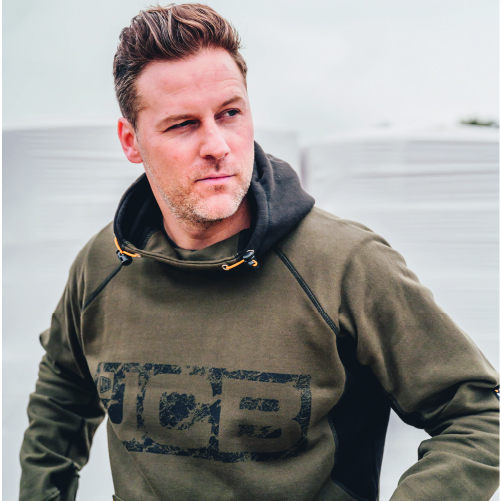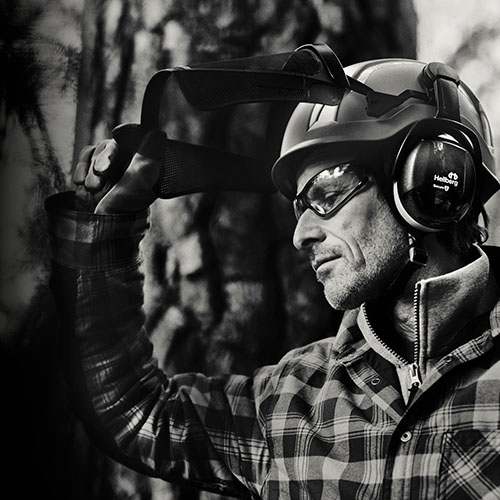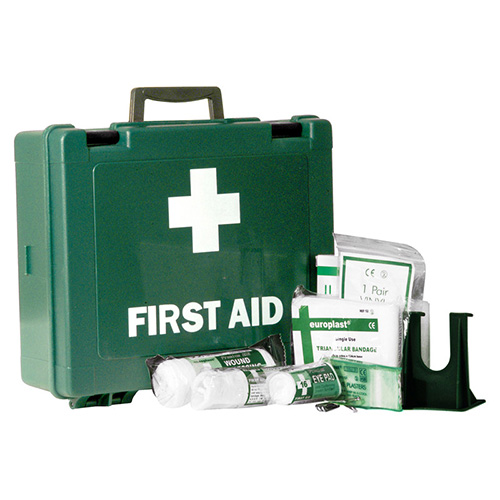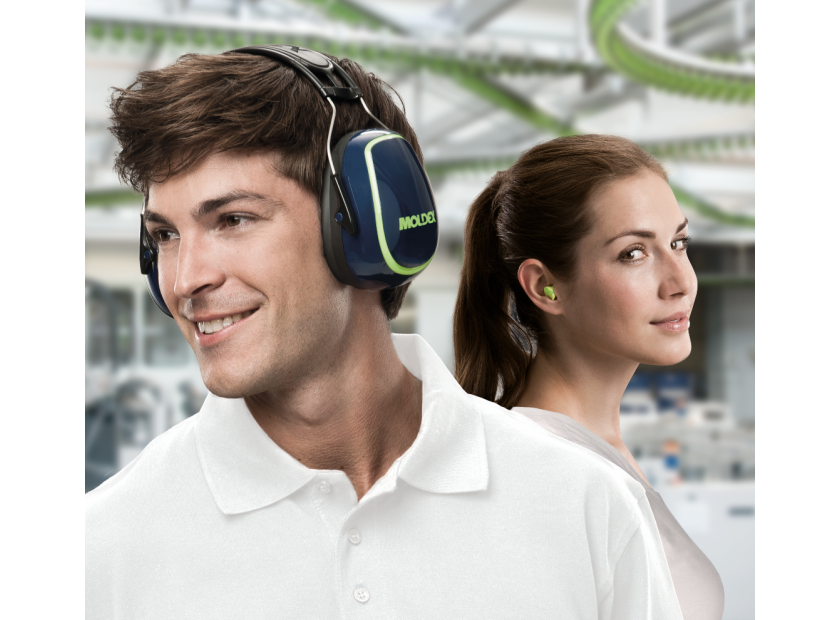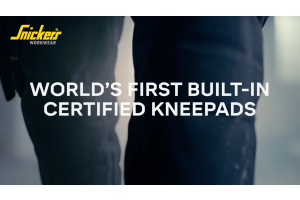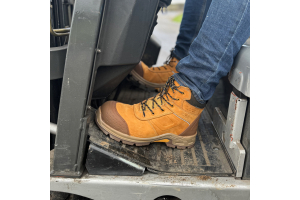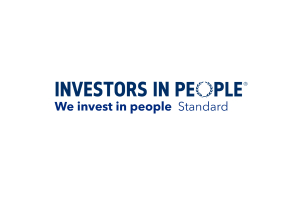The challenges associated with selecting suitable hearing protection, the risks of over protection and the importance of offering your employees a choice.
The challenges associated with selecting suitable hearing protection, the risks of over protection and the importance of offering your employees a choice.

The Control of Noise at Work Regulations 2005 (the Noise Regulations) require employers to prevent or reduce risks to health and safety from exposure to noise at work. Sounds can be harmful when they are too loud, this could be from a brief exposure or when you have been repeatedly exposed to them over a long period of time. These sounds can damage the sensitive structures in the inner ear and can cause noise induced hearing loss (NIHL). Unfortunately, no one is exempt from NIHL and its effects on hearing are often permanent, hence why rapid action against noise at work is so important.
Once you have established the levels of noise you are being exposed to, you should follow the hierarchy of controls to try and eliminate or reduce the levels of noise exposure. The provision of hearing protection is the last in the list of hierarchy controls and although it is very effective in reducing exposure to noise it can come with a number of challenges.
The level of noise reduction given by hearing protection can be identified by the Single Number Rating (SNR) of the product. The SNR provides an estimate of the average overall protection a product will give in a noisy environment and assumes that hearing protection will be worn and fitted correctly at all times. Unfortunately, the SNR does not always reflect the level of protection employees will actually receive and it is extremely likely that under conditions of real use, hearing protectors will give lower protection than predicted. In the real world we should consider factors such as poor fitting and the wearing of other PPE or spectacles which could interfere with the wear or fit of the hearing protection provided and therefore reduce the overall protection achieved. When establishing suitable levels of hearing protection, we have to consider these factors within our risk assessments, HSE guidance states that this is achieved by deducting 4 dB off the SNR which has been issued for a specific product by the manufacturer. This means having followed one of the standardised methods for calculating the attenuation provided by a hearing protection product you should assume that the protection provided when worn will be 4 dB less than the SNR stated on the product.
Over protection
Select hearing protection so that the daily exposure is reduced to at least below 85 dB. Ideally aim for between 75 dB and 80 dB at the ear. Avoid protectors resulting in less than 70 dB at the ear as this could result in over protection. Over protection occurs when the hearing protection provided reduces the sound too much, this can result in the wearer being unable to effectively communicate, hear critical warning signals and even determine if equipment is operating properly. For example, if you are being over protected, you might not hear someone shouting to tell you to move out of the way of an oncoming forklift truck whos driver has failed to see you. This could result in you getting struck due to not being able to hear either the forklift or the person trying to alert you. Another negative effect of over protecting is that employees may be tempted to poorly fit their hearing protectors or remove them completely in order to assess if machinery is operating correctly or to allow them to communicate with colleagues. Wearing hearing protectors incorrectly or inconsistently, even for a short period of time can be hazardous as it increases a person’s daily noise exposure and can cause permanent hearing damage. For employees who have already suffered with hearing loss, over protecting can be even more critical, as such warning signals are diminished even more. Nevertheless, workers with hearing that has already been damaged still need to protect and preserve the hearing that they still have.
When selecting any type of personal protective equipment (PPE), very often a higher level of protection is selected as many employers would rather be over cautious and assume that they are doing the right thing by issuing an even higher level of protection than required. For many other types of PPE this does not have any negative implications which will impact on the safety and wellbeing of employees. For example, if an FFP2 respiratory mask has been determined as the required protection level for a specific respiratory hazard and instead you decide to issue your staff with an FFP3 mask, you as the employer are going over and above the requirements set out in your risk assessment and offering your staff an even higher level of protection than required. In this instance the higher level of protection issued does not come with any negative implications which will cause harm or injury to your staff. Unfortunately, when issuing personal hearing protection products, the possibility of overprotecting is often overlooked and can result in a negative impact with severe consequences.
Suitable Hearing protection
Once hearing protection levels have been established it is important to issue employees with suitable hearing protection that is CE marked. Consideration should be made to the compatibility of hearing protection with other PPE and the comfort of the employee. Hearing protection falls under the category of Personal Protective Equipment (PPE) and it should be just that, “Personal”. Products that are comfortable and suitable for one member of staff might not be comfortable or suitable for another. Some employees prefer earplugs in hot environments whilst others may have extremely small or large ear canals and struggle to fit standard sized earplugs, these employees might need to use an alternative size or shape in order to achieve both an effective and comfortable fit. Others might simply not like the thought of putting something inside their ears and prefer to opt for an earmuff which is non-intrusive. If someone is being exposed to intermittent or crash noise, instead of wearing hearing protection for the duration of a shift they might prefer to choose a banded earplug as it gives them the option to quickly and simply apply the protection when required. The environmental benefits of reusable products will be extremely important to some and be high on their list for consideration whilst others will prefer the simplicity and ease of zero maintenance that comes with disposable products. This all highlights the fact that a blanket approach to issuing hearing protection in the workplace should be avoided. There are many different types of hearing protection products available on the market and wherever possible, you should ensure that more than one type of hearing protection product is available (making sure that each is suitable for the noise and the jobs to be done) to allow the user a personal choice. Employees should be consulted on the most suitable hearing protection available to them. Consulting with your staff early in the selection process and offering them a choice will dramatically increase the likelihood of employees actually wearing the hearing protection provided and wearing it correctly.
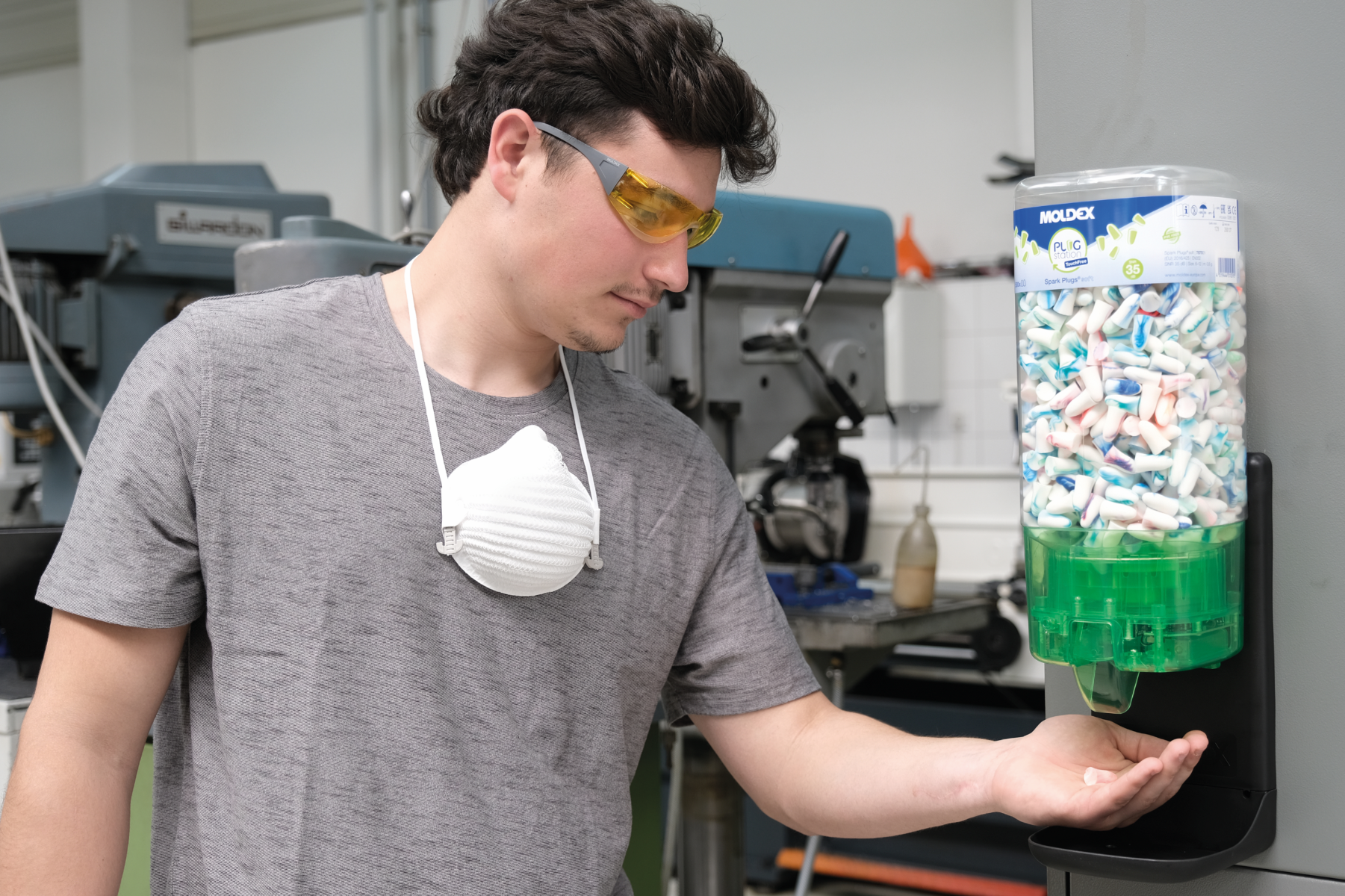

Source: This article was written by Moldex, https://www.moldex.com/



